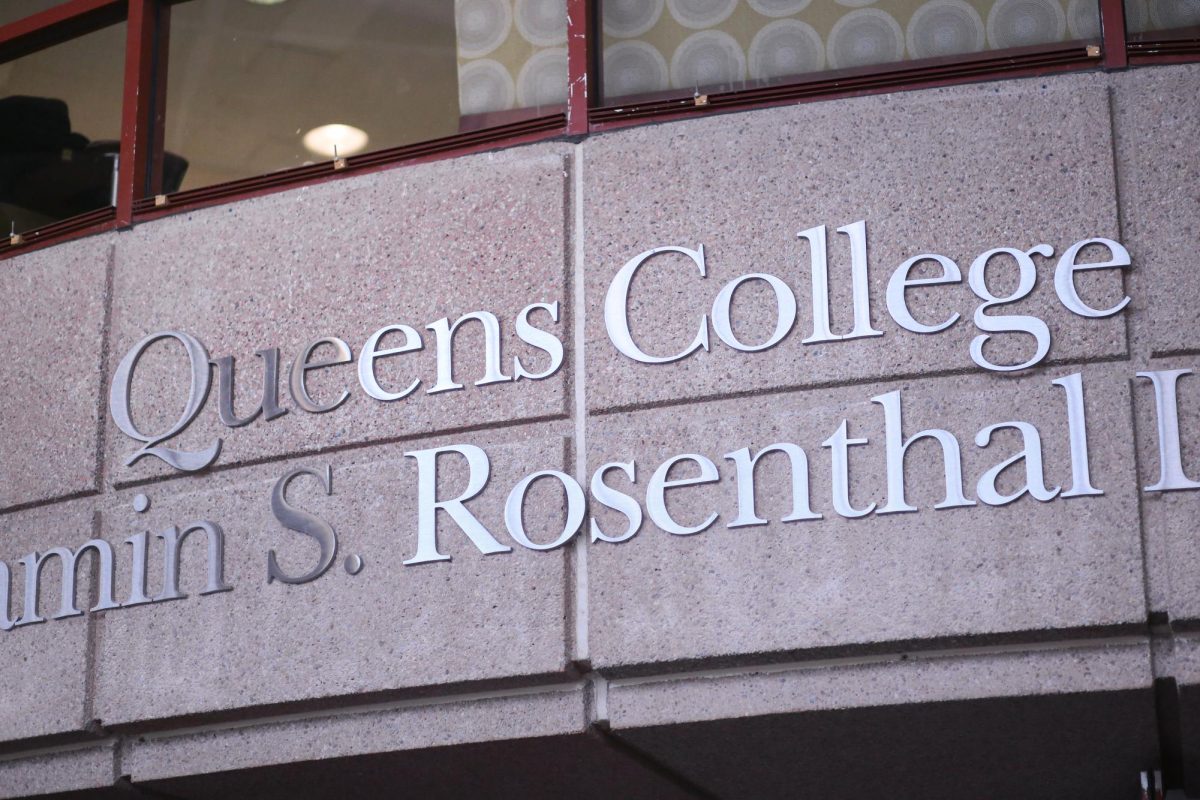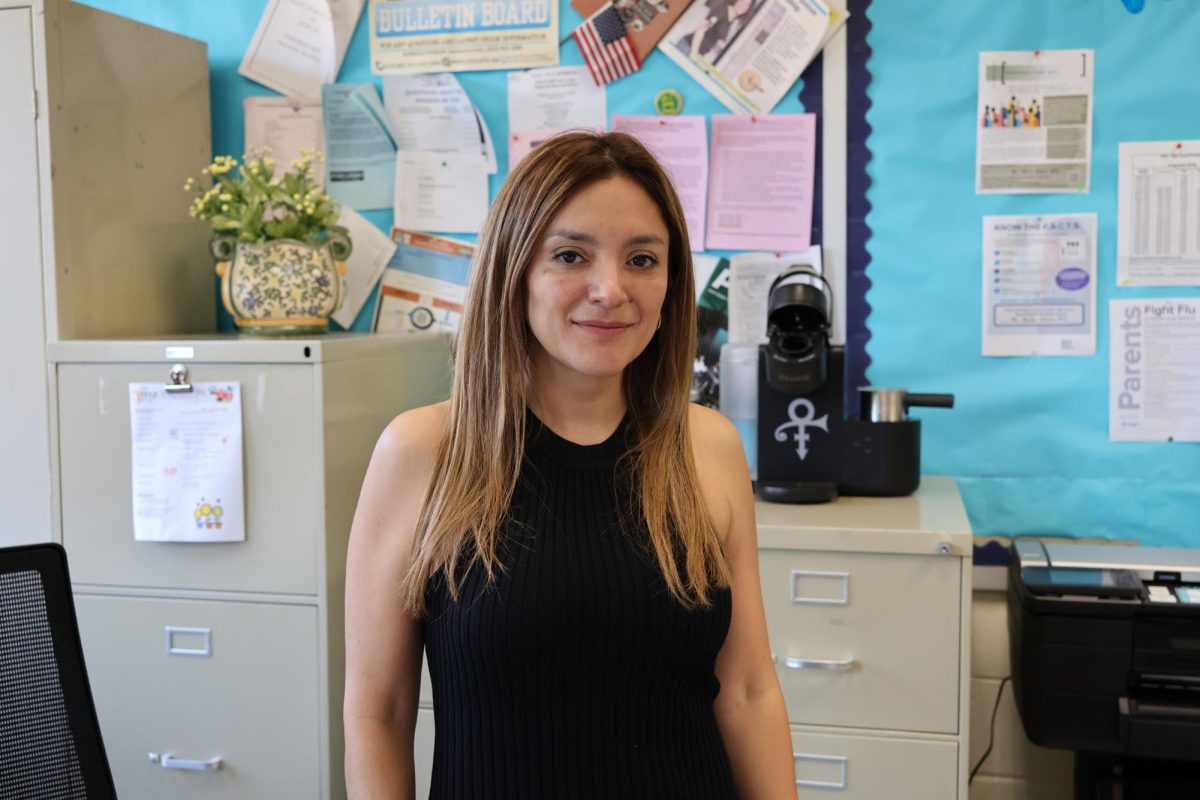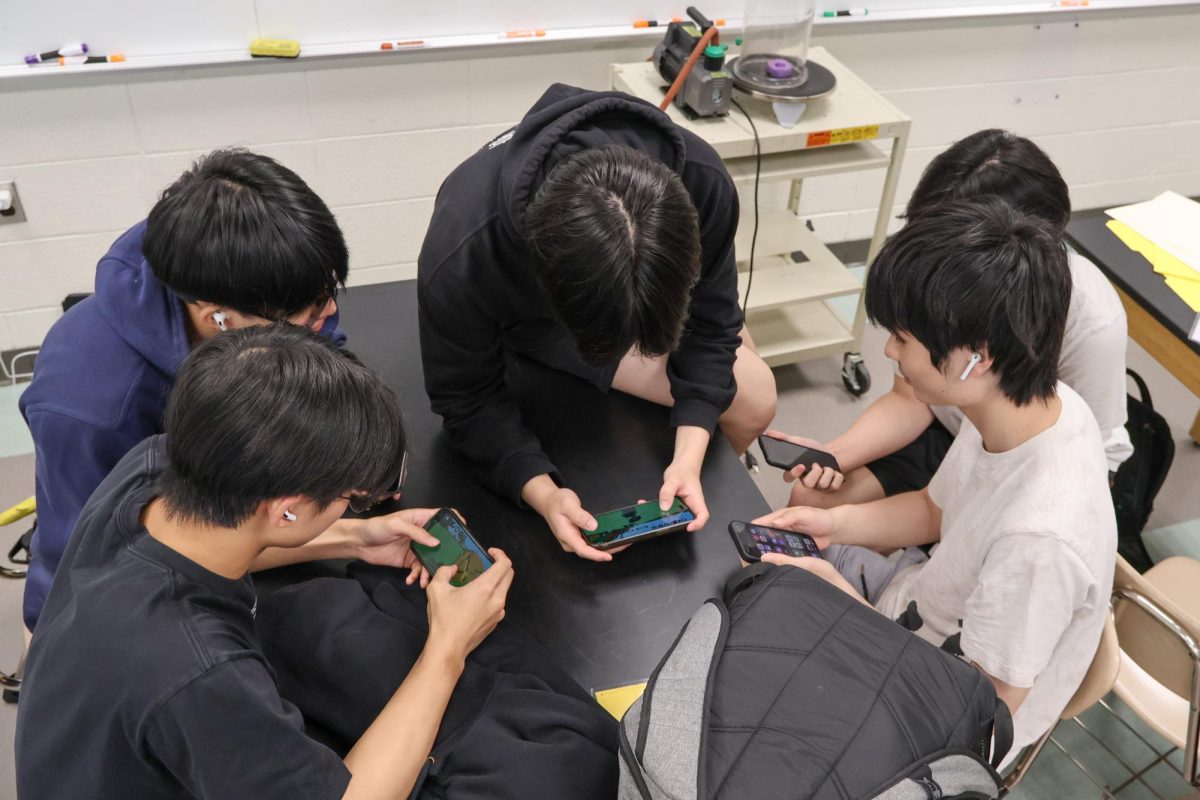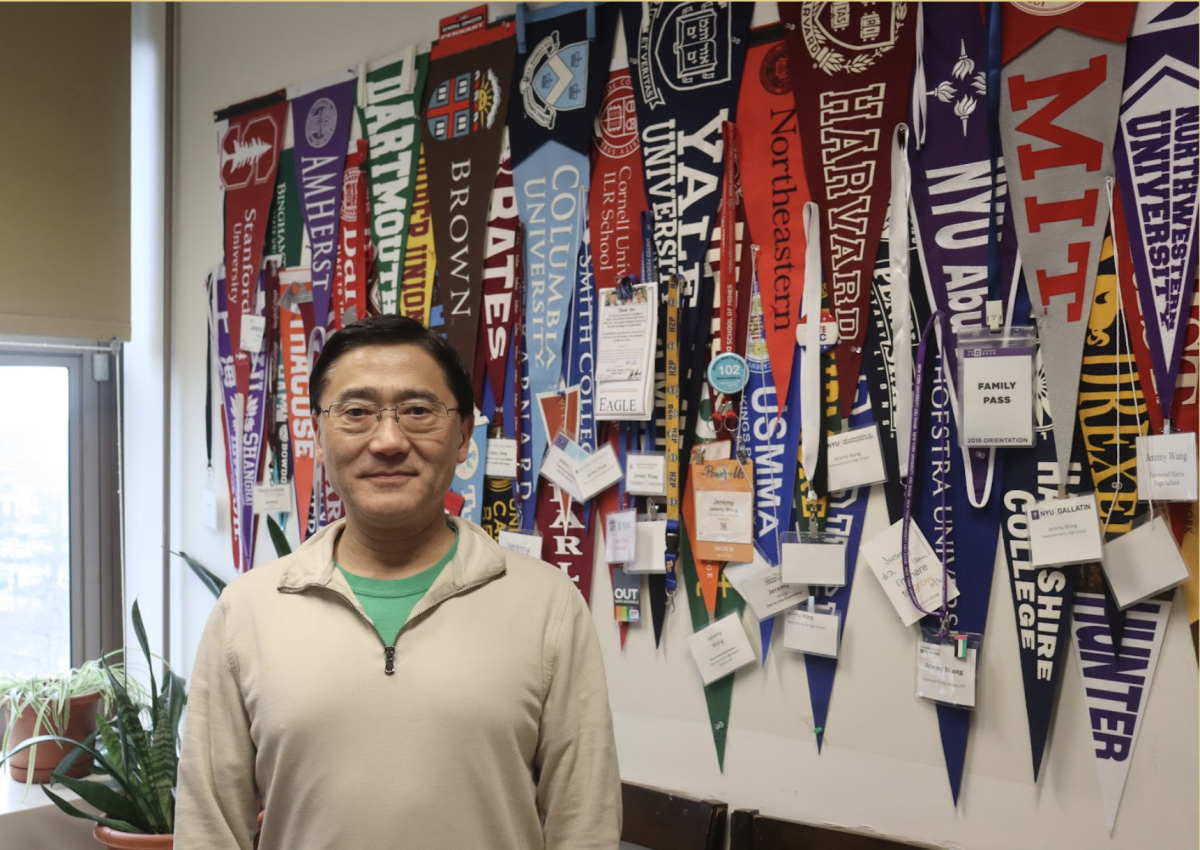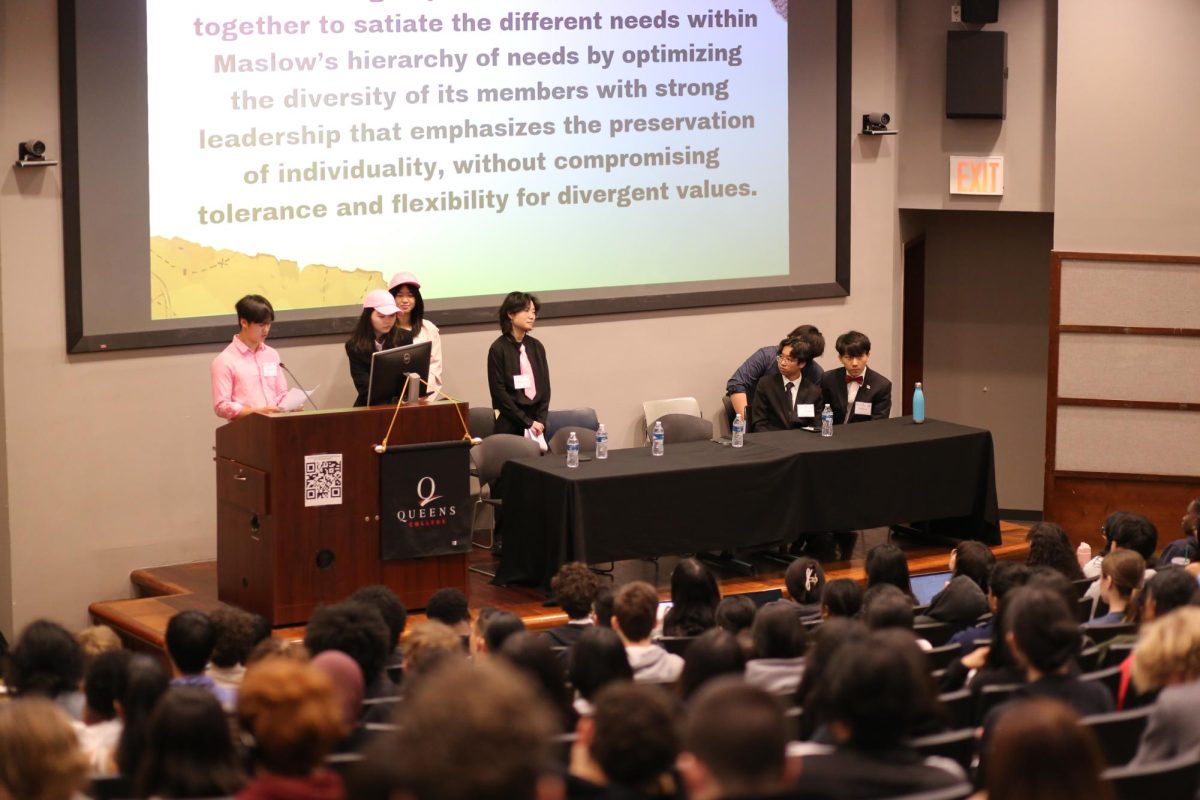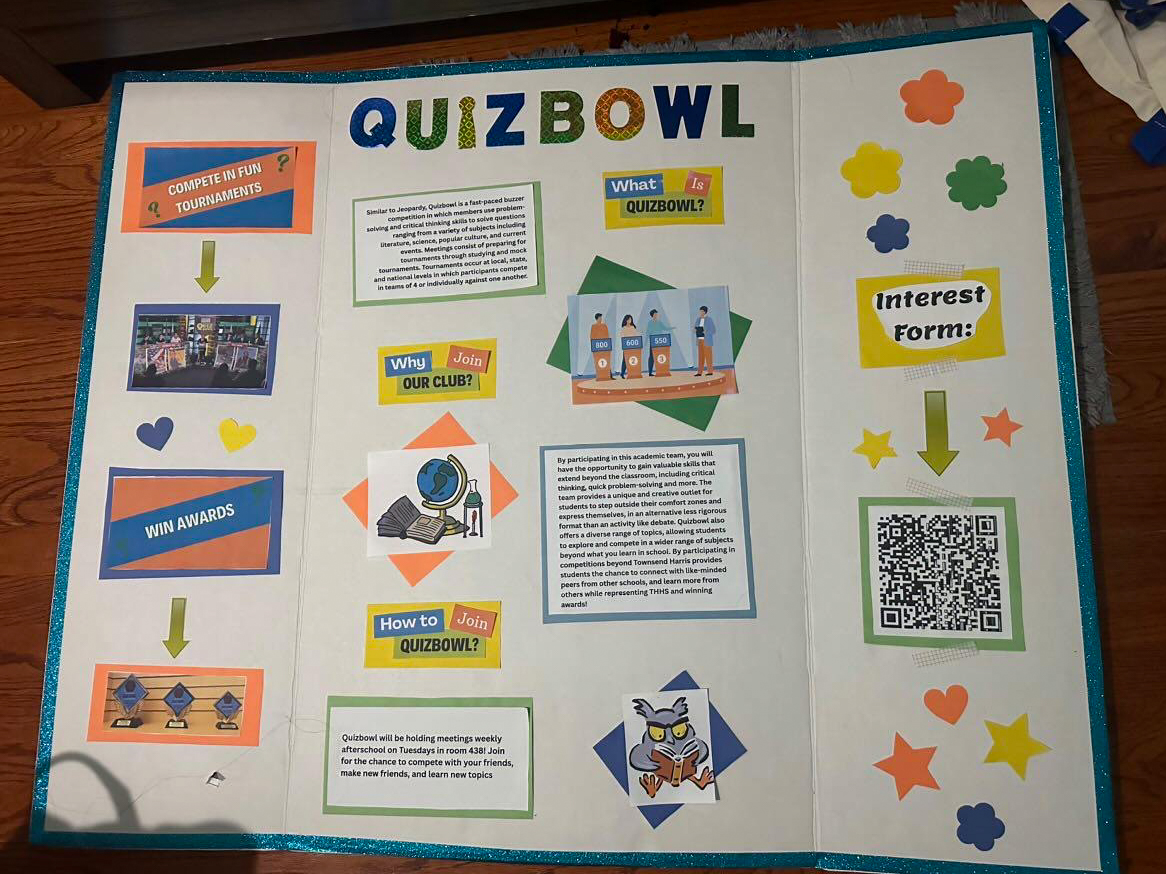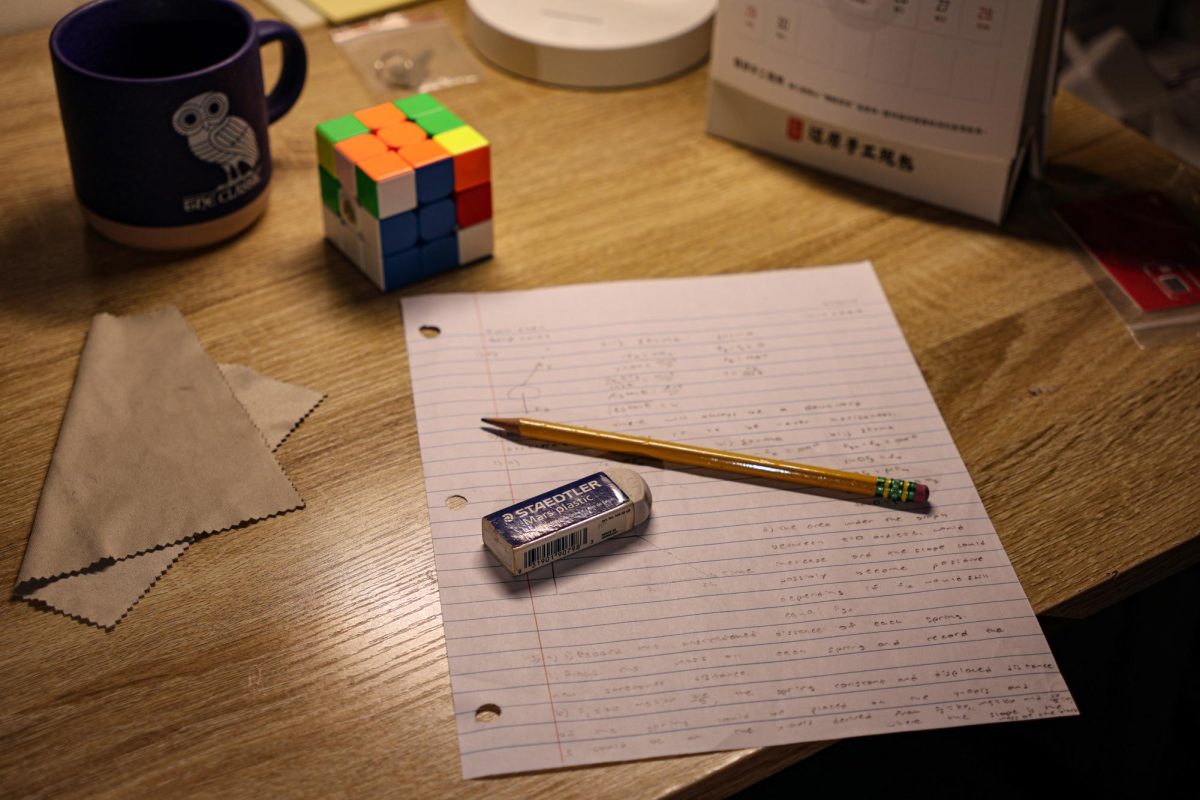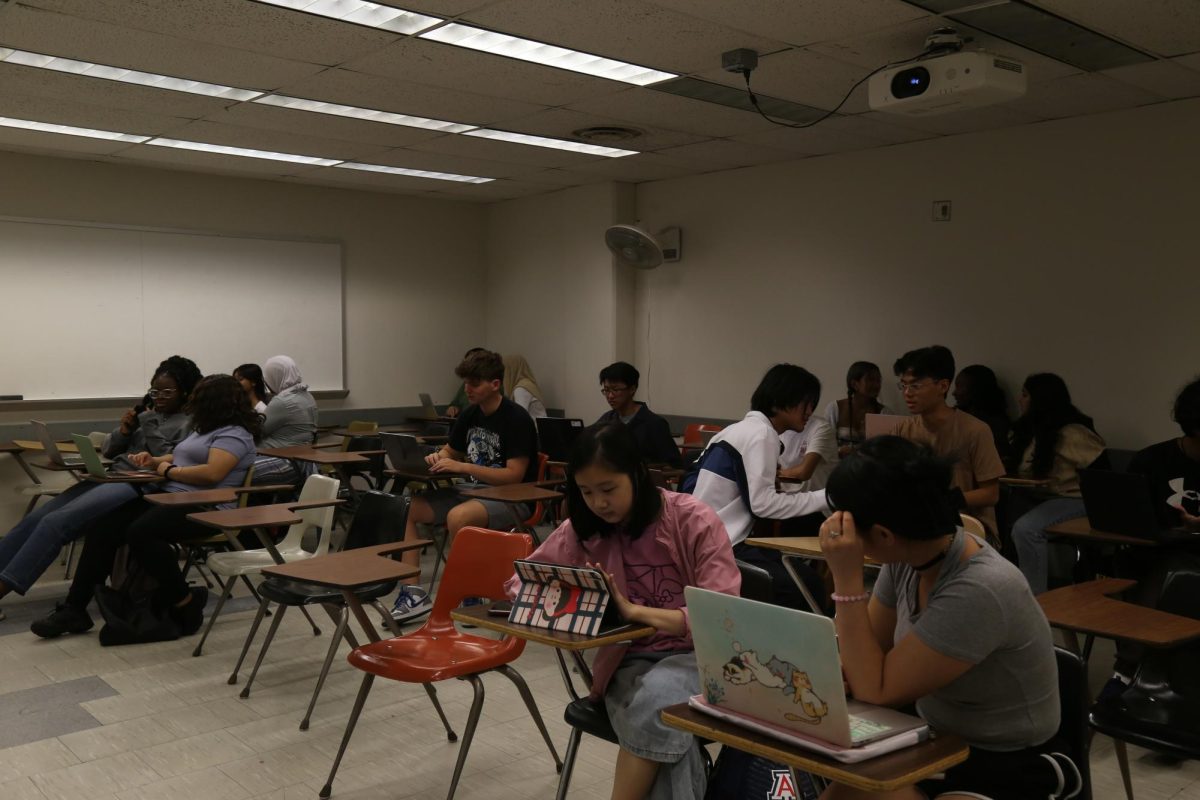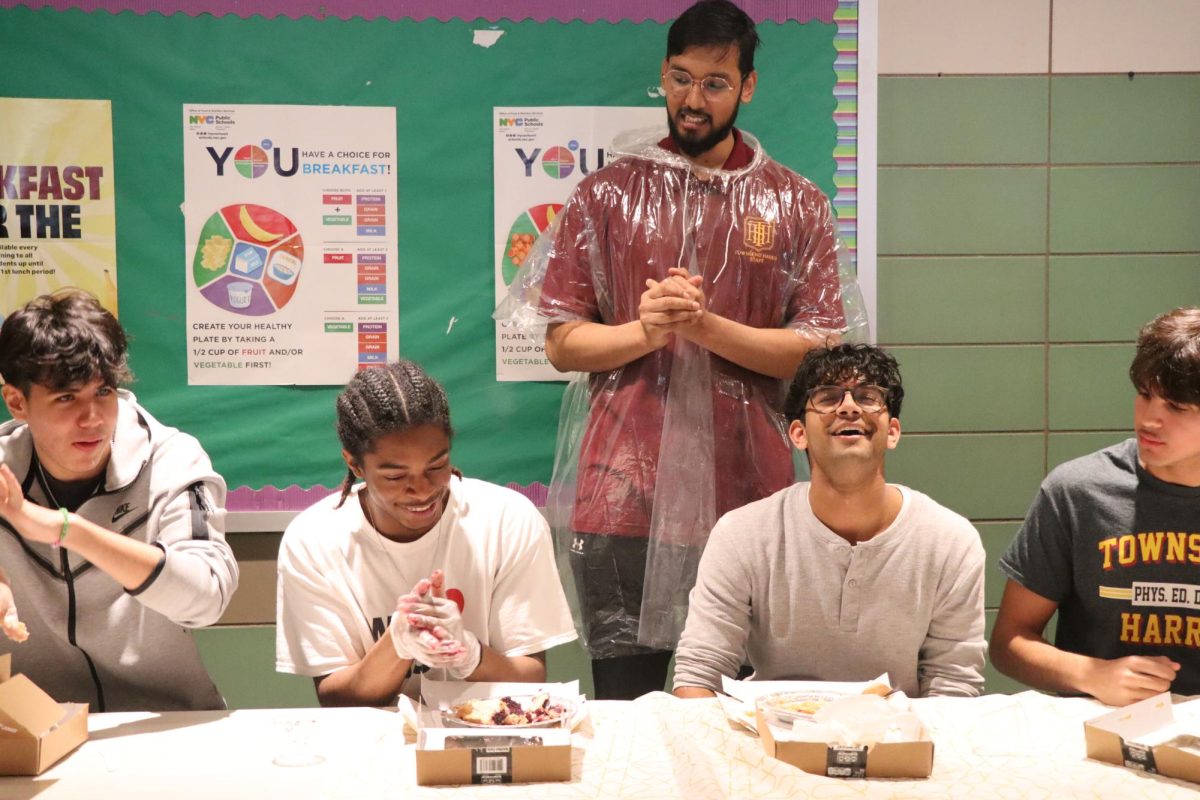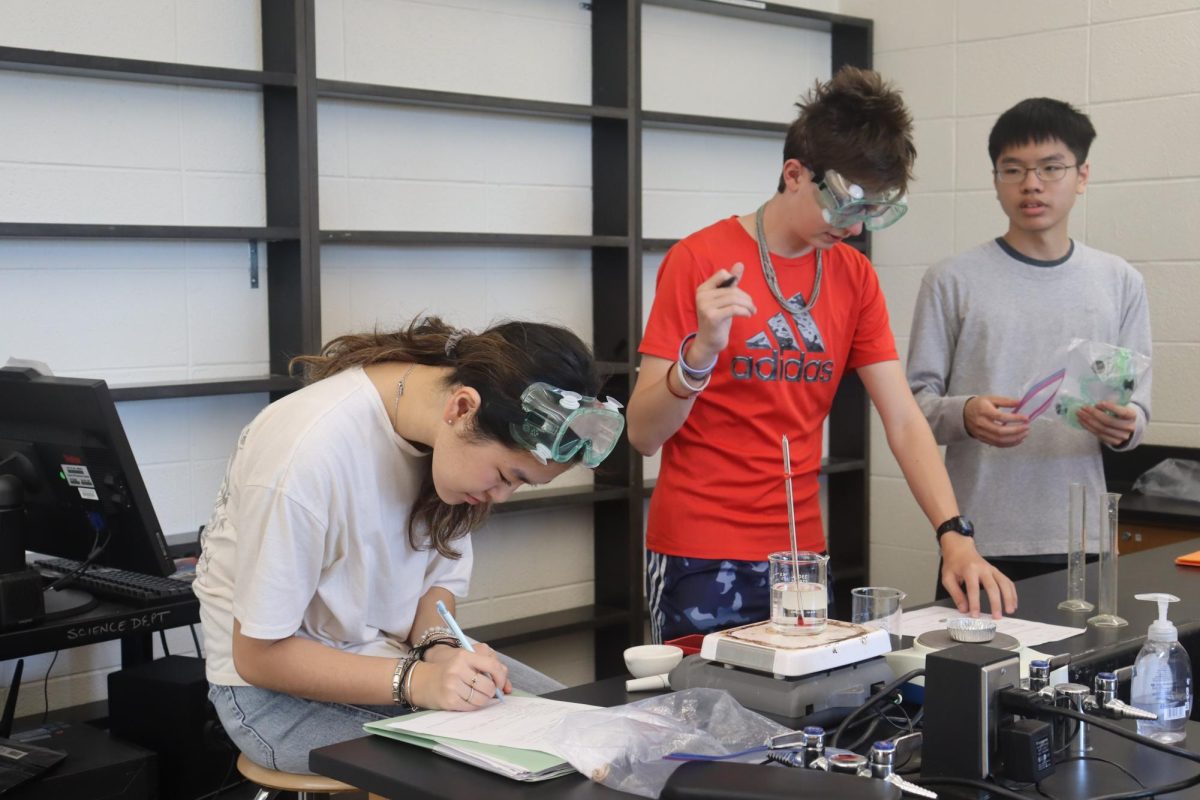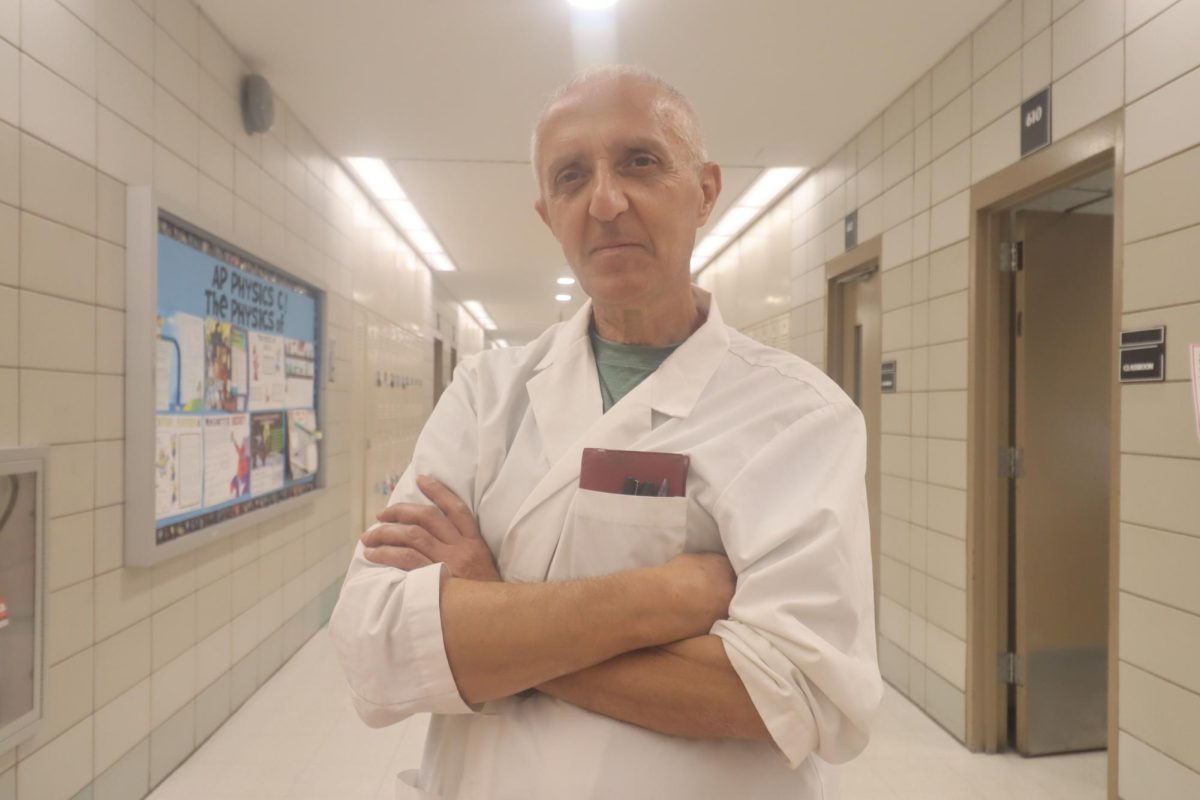
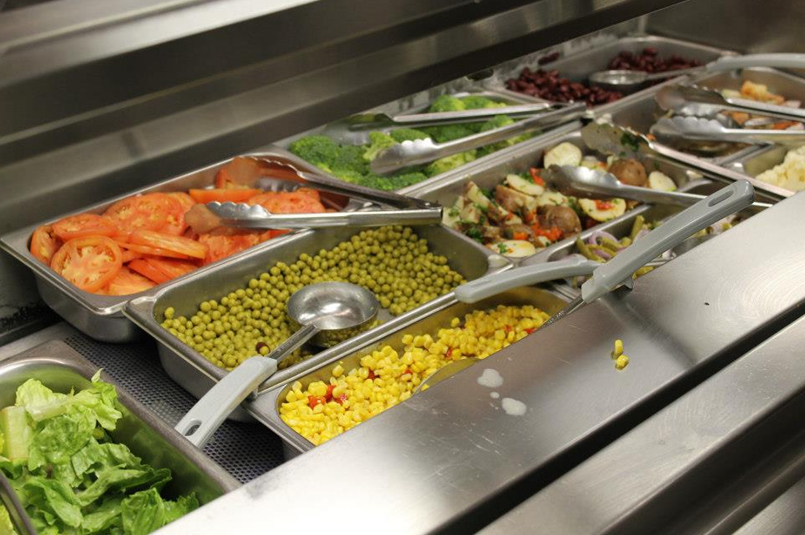
Eating your vegetables is no longer a dinner table rule: it’s the law.
The Healthy Hunger-Free Kids Act of 2010 requires public schools to follow nutritional guidelines to ensure that students are getting the proper nutrition. This academic year, schools are required to include at least half a cup of fruits or vegetables in their lunches.
Marge Feinberg, the deputy press secretary for the Department of Education, told us, “We took steps that put us in the lead nationally in school food reform, ahead of many of the federal guidelines. We redesigned our food service areas with appealing displays of fresh fruit, attractive posters, and now salad bars. Under the new USDA regulations, there are specific portion sizes based on age of students.”
Eric Goldstein, the Chief Executive Officer for the Office of School Support Services, said in a letter to principals explaining the changes, “These new standards, however, will also limit the number of choices that your students will have in the cafeteria. The new standards are very strict and the money that SchoolFood receives from the federal government depends on strictly adhering to them. Failure to meet the requirements for just one meal could translate into the loss of millions in federal reimbursements for New York City schools.”
Students at Townsend Harris, however, are seen throwing away the vegetables completely untouched.
“I don’t understand how forcing people to take fruits and vegetables helps anyone,” said Anthony Chiarenza, junior, who likes vegetables but reported seeing the garbage can “filled with food everyday!” “Just the other week the apples offered at lunch were fermenting in the bag and smelled like alcohol.”
“They don’t taste good…I think it’s a waste of food and government funds,” said Joyce Wong, freshman.
Principal Anthony Barbetta said, “I have mixed emotions about it. On the one hand, you want to say you’re giving kids something nutritious for lunch but on the other hand, when you see so much food going to waste, is it worth it? Look at all the food being thrown out, and we are only one school.”
Freshman Yasmeen Ally agrees, saying, “There is no point in taking the vegetables that are going to waste, especially with all the starving children in the world that need the food that we’re simply throwing away.”
Still others think that with a little bit of patience, it will be worth it.
Physical Education teacher and Athletic Director Keith Hanson, said, “I think people could get used to it. Kids in my health class get used to the idea of eating their vegetables.”
Ellen Fee, Assistant Principal of Organization, Health, and Physical Education, said, “As a mother, if I put stringbeans on the plate, even though I know they may not eat them, there’s a better chance that they will.”
Hannah Jang, sophomore, said, “If it’s on their plate, they might give it a second thought.”
Lunch costs, at full price, have increased since last year, going from $2.50 to $2.60.
“If the price of lunch is going up, why is the serving size going down?” said Yash Sharma, sophomore. “That doesn’t make sense. They’re taking more money to give us less.”
Tahsin Akanda, junior, said, “It’s unfair; the part of the lunch that students are most concerned with is the entree and having it shrink leaves them hungry and snacking on other food throughout the day, spending even more money to feed their hunger.”
“The food is never enough for me which is why I bring extra money to buy granola bars from the vending machine,” said Yasmeen. “If children are still hungry most of them resort to a bag of chips or so, which defeats the purpose of the healthy lunches,” added Yasmeen.
Kajol Shah, freshman, thinks the “lunch is pricey and the quality and serving size do not match it.”
Mr. Goldstein said in his letter, “As you know, in the past, if certain students expressed that they were still hungry after completing their meal, SchoolFood workers were permitted to give them additional food (often called “hungry” or second meals). Under the new federal regulations, hungry or second meals will no longer be permitted.”
The reason for all the waste seems to be that the vegetables are unappealing. “The vegetables should be given more preparation so they are more visually appealing than they are now – the boiled spinach soaking in a solution of what looks to be oil water is a primary example,” said Tahsin. “More raw vegetables should be incorporated into students’ diets by offering nutrient-rich dips such as hummus and sour cream,” she added.
Elizabeth Bitis, senior, said “It would be better if they gave something like baby carrots or pieces of broccoli, but not steamed veggies.”
“Sometimes I wish we had a bigger selection of healthy foods,” said Anthony Chiarenza. “Maybe if they appeared flashy and interesting, we would try the healthy stuff.”
NOTE: As this article was going to print, the USDA confirmed that it will be ‘relaxing’ its school lunch policies in response to the controversy. Though calorie limits remain in place for meals, schools will now be permitted to serve larger portions of proteins and grains.

